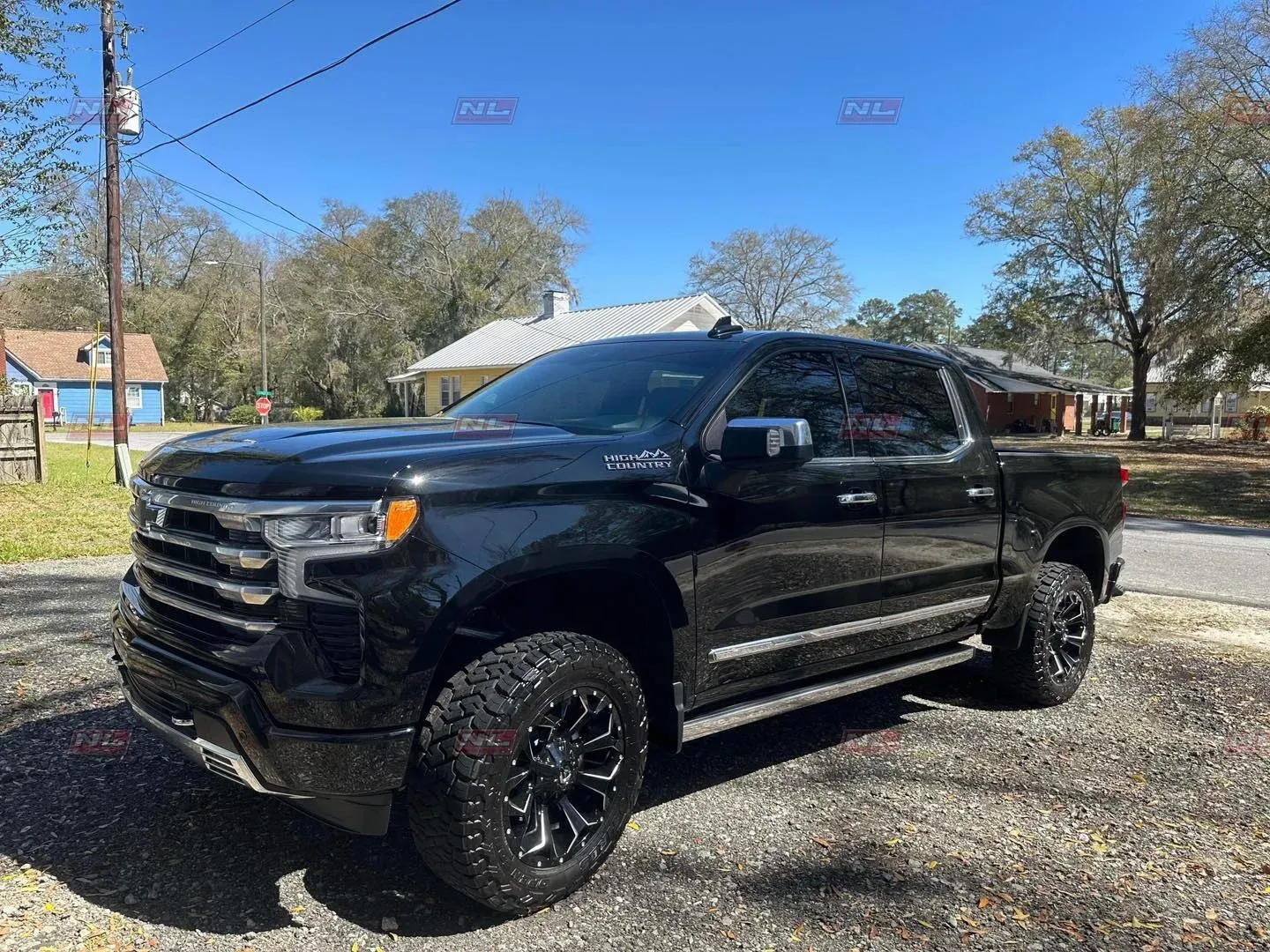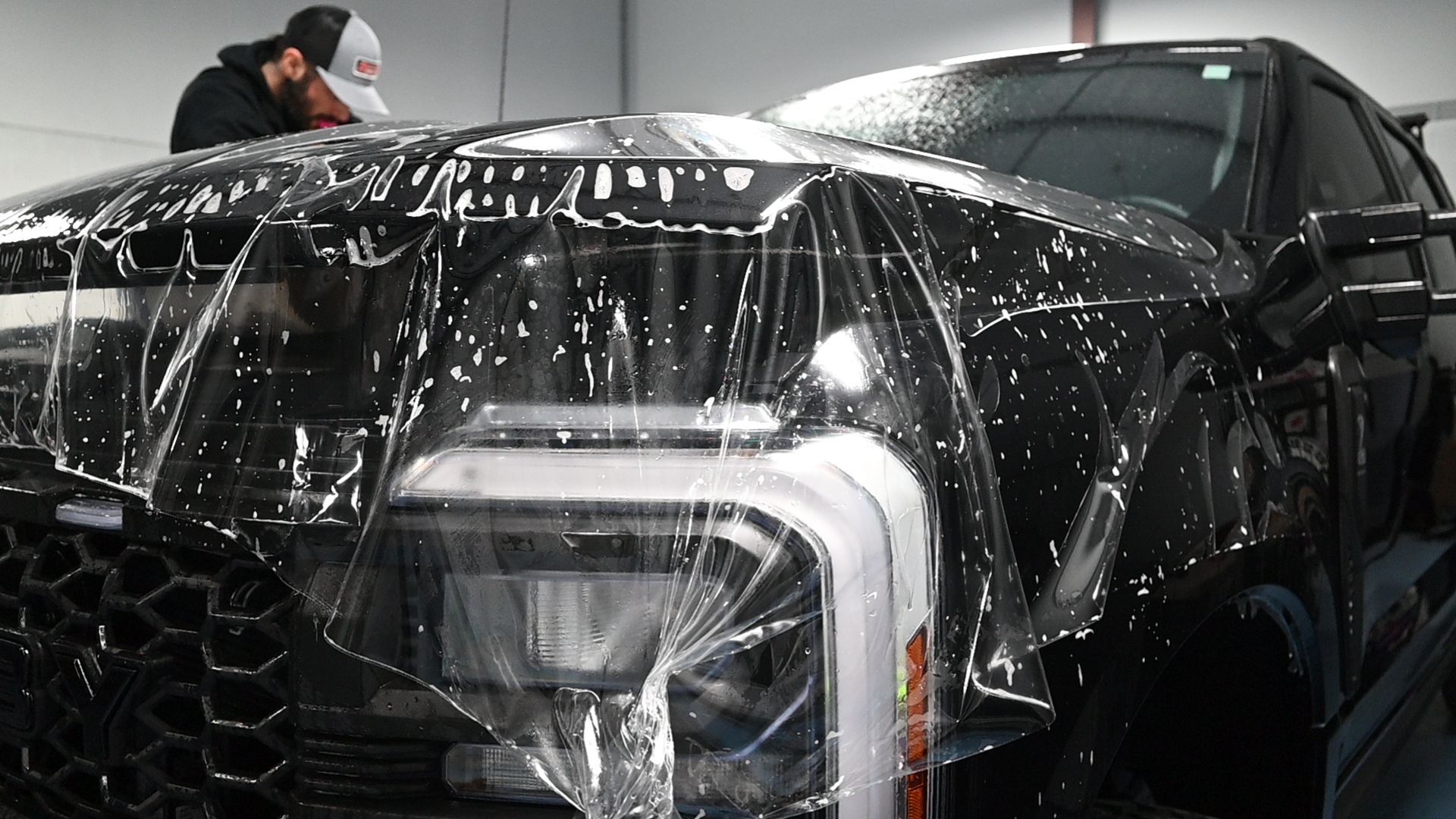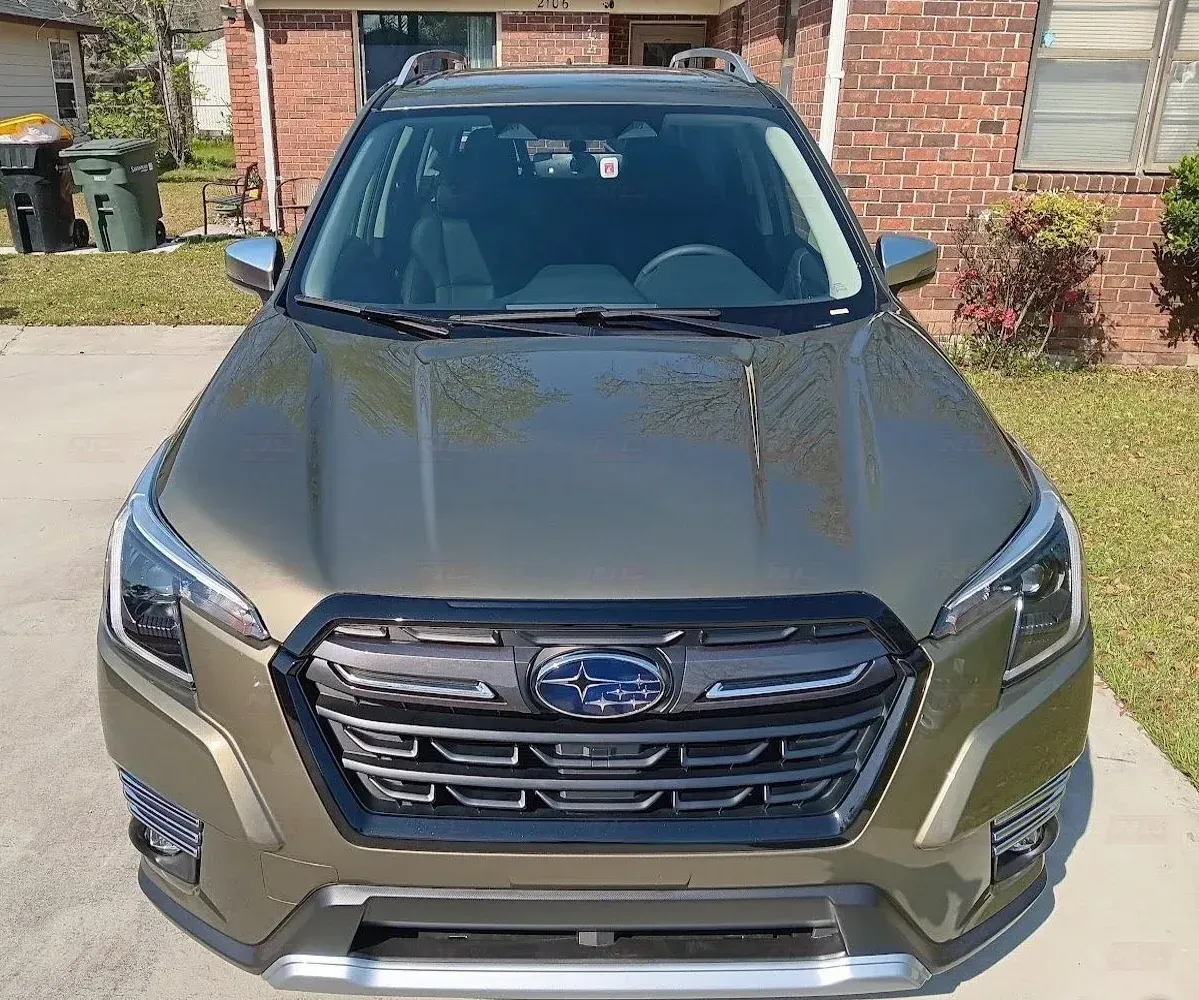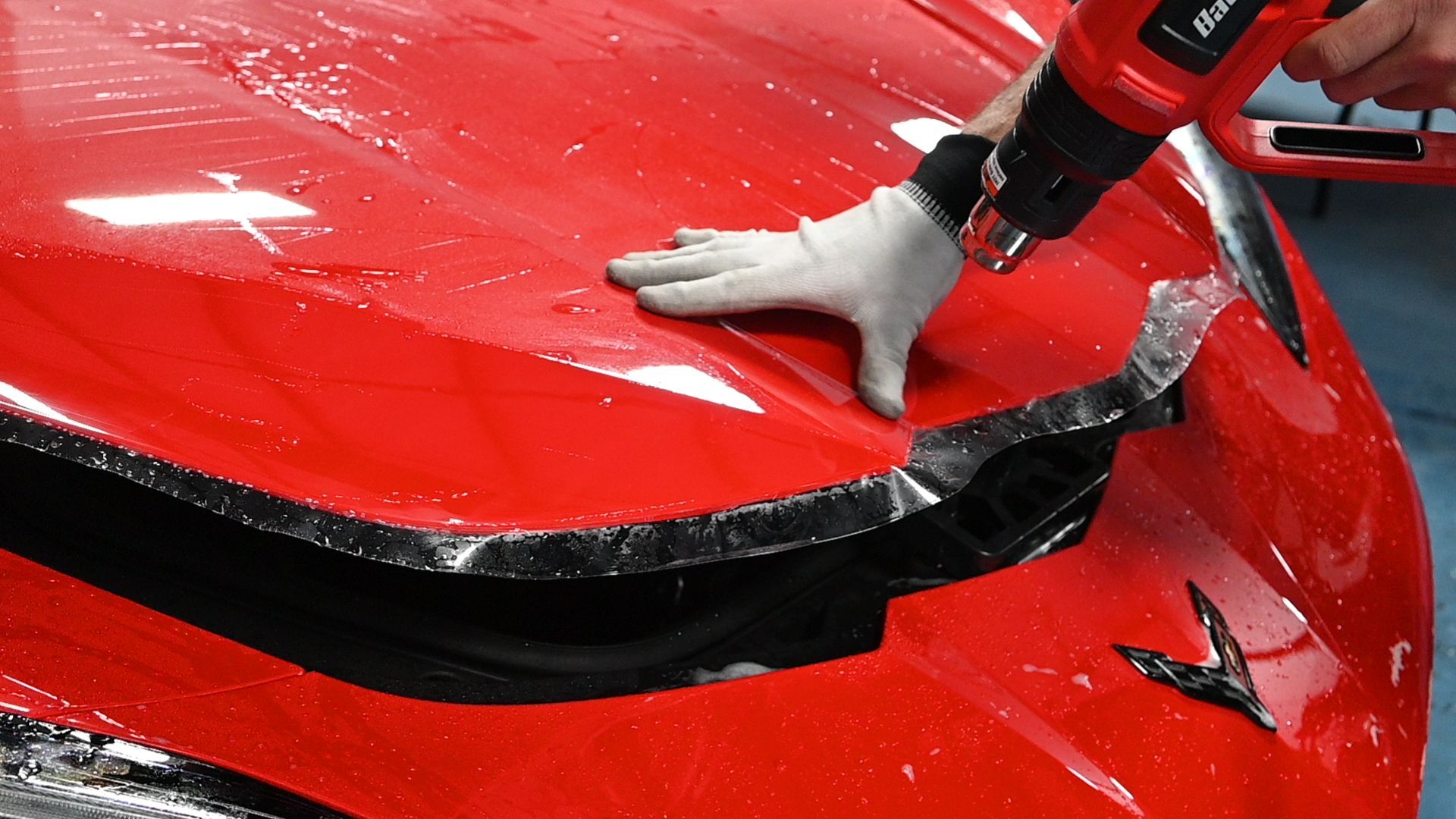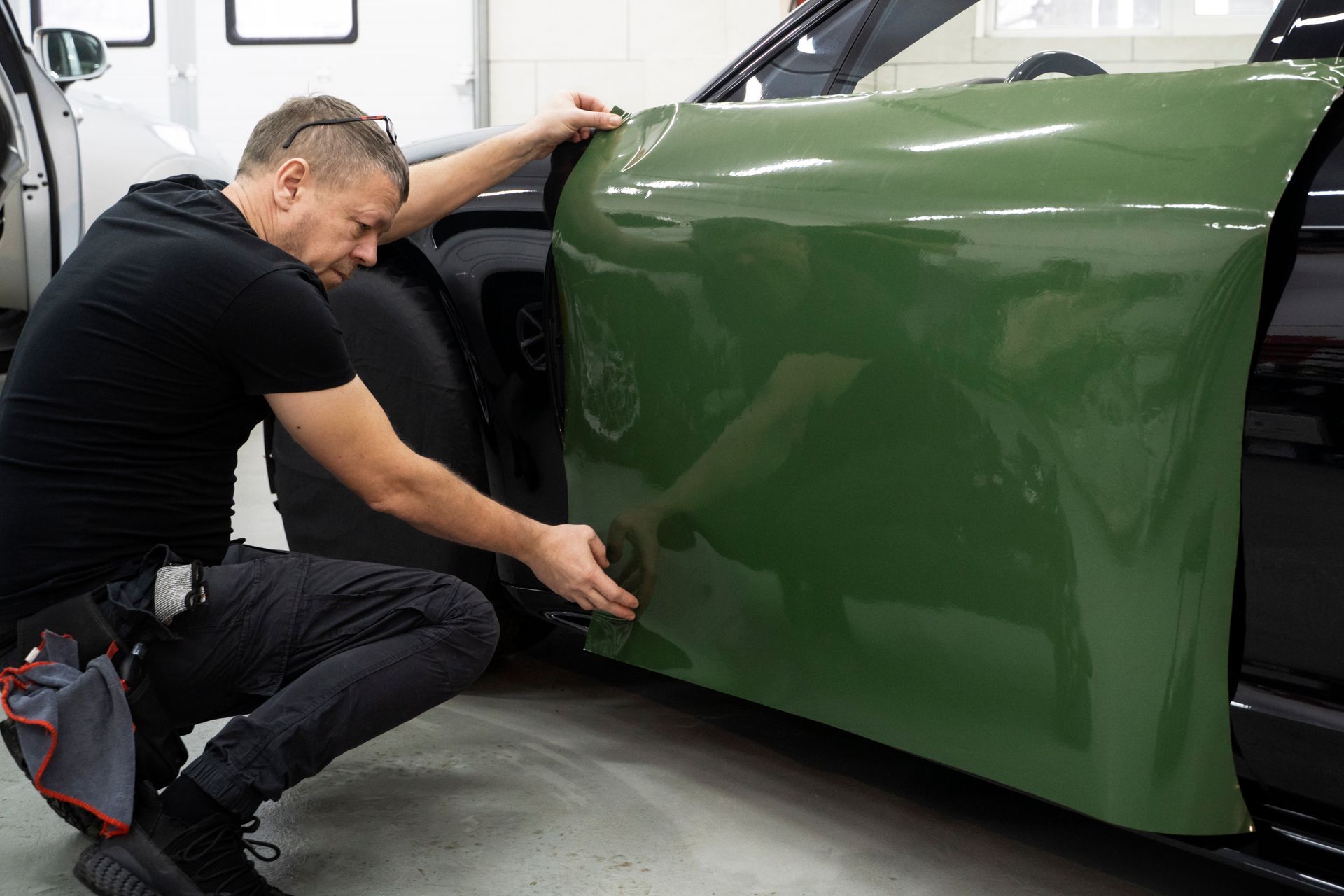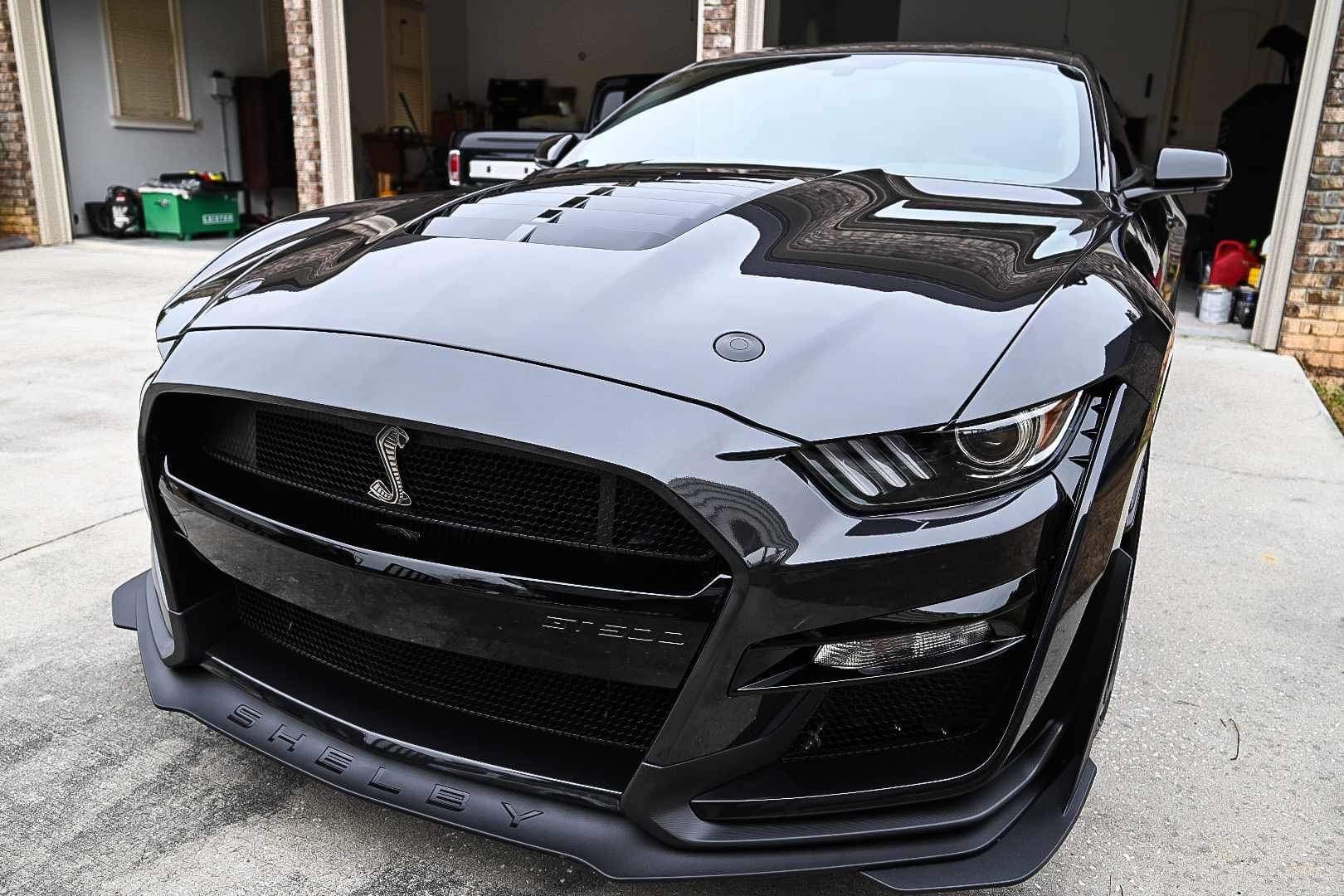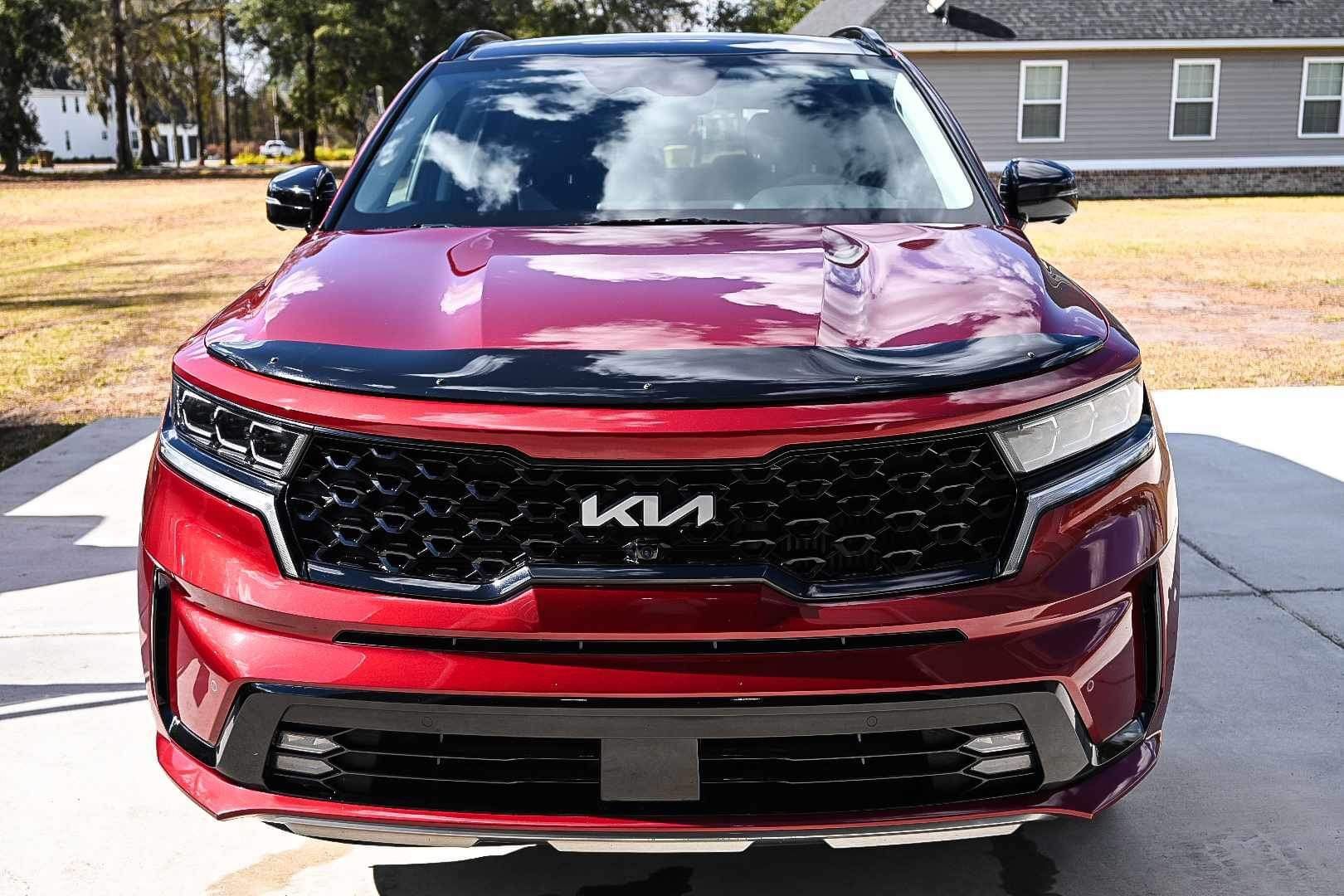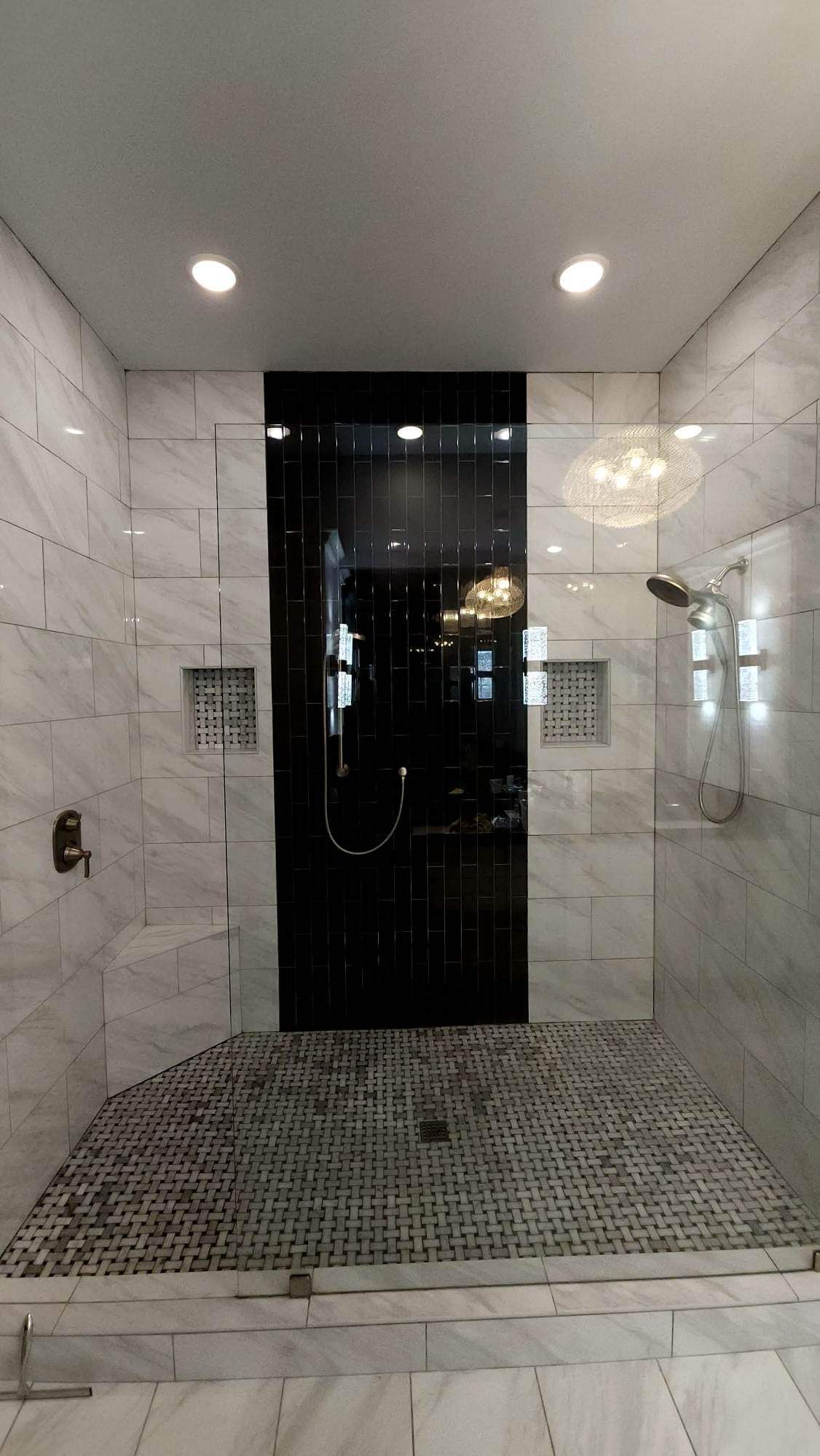How to Prepare Your Car for Ceramic Coating: Step-by-Step Guide
GET A FREE ESTIMATECALL (912) 656-6947
When you think about achieving that perfect, glossy finish on your prized car, it's not just about the ceramic coating itself—it's about meticulous preparation. As someone who spends weekends enjoying car shows and diving deep into auto detailing videos, you know just how crucial every step is.
To get that professional-grade result you're aiming for, we've compiled an essential guide with every bit of effort necessary to make sure nothing is missed. Pre-washing your car correctly prevents those tiny scratches that ruin even the best ceramic coatings..
To prepare your car for the
ceramic coating process, start by thoroughly washing the exterior with premium car soap to remove contaminants. Next, use an iron remover spray to eliminate any iron deposits or industrial fallout. Finally, consider a paint correction process to address swirl marks and imperfections before applying the ceramic coating for optimal results. Always consult with a professional detailer for personalized recommendations.
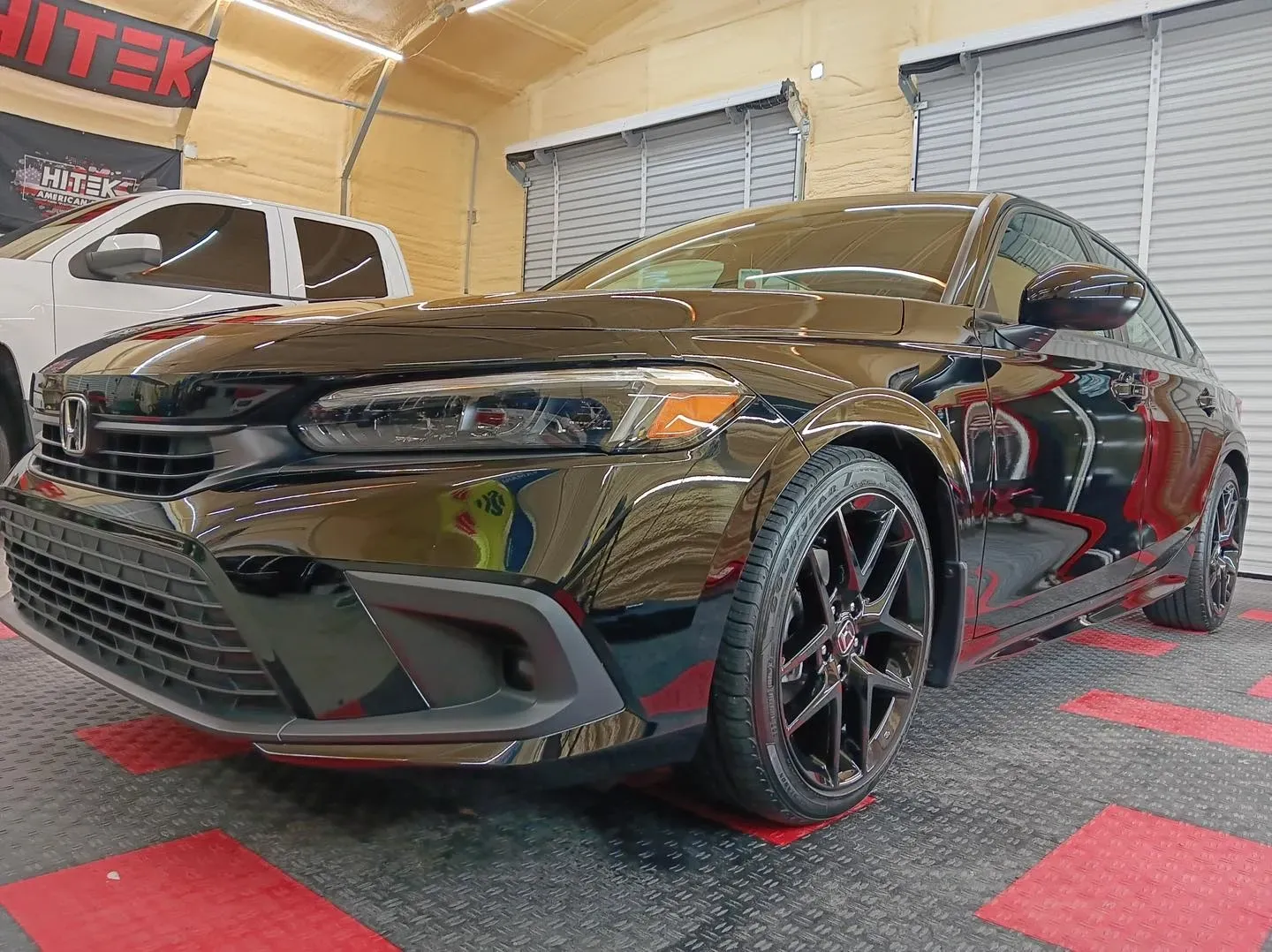
Detailed Cleaning Process
The first step in preparing a car for ceramic coating is thorough cleaning. This isn't just about giving your car a quick wash; it's about ensuring that every speck of dirt and grime is removed, allowing the ceramic coating to bond properly with the paintwork. Here is the detailed cleaning process that will prepare your car for the ceramic coating application.
Step I: Pre-Wash Rinse
Before washing, thoroughly rinse your car with water to remove hidden dirt and debris. Although it may seem like a small step, this is essential for preventing scratches during the actual washing process. Think of it as shaking out a dusty rug before vacuuming it—that initial rinse sets the stage for a smoother, cleaner wash.
Step II: Two-Bucket Method
Using the two-bucket method significantly reduces the chances of reapplying dirt onto the car surface. One bucket contains soapy water (use a pH-neutral car wash soap), while the other holds clean water for rinsing your wash mitt. This extra care now means fewer imperfections later – an important factor when aiming for a perfect ceramic coating application.
Step III: Washing with a Quality Mitt
A quality microfiber mitt is crucial for gently dislodging dirt and grime without damaging the paint. Begin washing from top to bottom in straight lines to minimize swirl marks. Imagine washing a window – streaks form if you don't wipe in a straight line. The same principle applies here; straight lines lead to a cleaner finish.
Step IV: Thorough Rinse
After washing, ensure to rinse your car thoroughly with clean water to eliminate all soap residue, ensuring there are no water spots or streaks left behind. Just like achieving spotlessly clean kitchen counters after cooking an elaborate meal—only much bigger and far more rewarding!
By carefully following these steps, you're laying the groundwork for a flawless ceramic coating application that will enhance and protect your car's paintwork for years to come.
Removing Contaminants from the Surface
Once your car has completed the comprehensive cleaning process, it's time to address any remaining impurities on the surface that regular washing and drying might have missed.
The next step involves a decontamination wash, which includes using an iron remover to dissolve embedded ferrous particles that regular washing cannot remove. These tiny metal particles are often invisible but can cause rust spots over time if left untreated. By dissolving these particles, you ensure that the paint surface is entirely free from any hidden contaminants.
Utilize a clay bar or clay mitt with a clay lubricant to remove stubborn contaminants such as tree sap, tar, and embedded road grime. These foreign particles can stick to your car's paint and become difficult to remove with regular washing. By gently rubbing the clay bar or mitt over the surface, you effectively lift off these contaminants, leaving the paint looking smooth and clean.
It's essential to move the clay in straight lines rather than circles to avoid marring the paint. The goal here is to maintain a flawless paint finish, and utilizing straight lines while claying helps prevent introducing unsightly swirls or marks into the paintwork.
After claying, it's crucial to inspect the paint surface with your fingers. The touch should feel smooth like glass. If there are still rough spots or contaminants felt during this inspection, it's essential to repeat the claying process until the entirety of the paint surface feels consistently smooth.
By thoroughly removing contaminants from the surface, you're setting up your vehicle for a flawless ceramic coating installation. It's a meticulous process that guarantees optimal results and a stunning finish that will last for years to come.
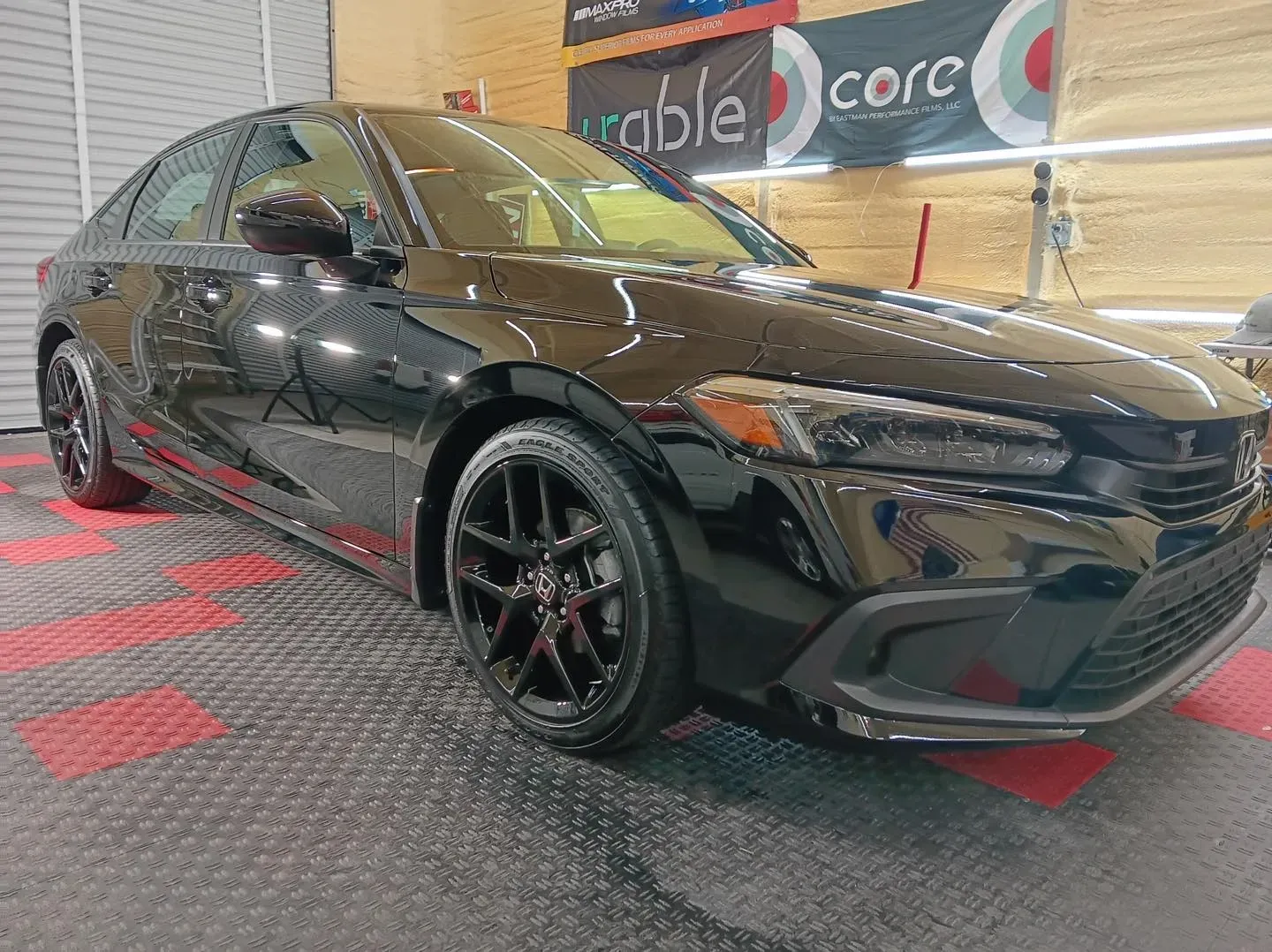
Surface Preparation Techniques
Proper surface preparation is crucial to ensuring the ceramic coating forms a solid bond with the car's paintwork. The following techniques are essential in achieving a flawless and long-lasting application:.
Step I: Paint Correction
The process of paint correction involves improving the appearance of the vehicle's paint by removing imperfections like minor scratches, swirl marks, and oxidation that can make the paint look dull or marred. To start, a dual-action polisher is used in conjunction with a suitable cutting compound to remove imperfections in the clear coat. This compound aids in leveling out any bumps and irregularities to create a smooth surface for the ceramic coating application. Following this, a polishing compound is used to refine the finish, restoring clarity and bringing out the gloss in the paint. It’s important to perform this step meticulously to ensure that the surface is smooth and blemish-free before proceeding to the next steps.
Step II: Final Cleaning
Before applying the ceramic coating, it is crucial to thoroughly clean the car’s surface one final time. An isopropyl alcohol (IPA) solution is commonly used for this purpose. IPA effectively removes any lingering oils, residues, or polish compounds from the paint correction process. These remnants can interfere with the bonding of the ceramic coating, leading to potential defects in its application. By using an IPA solution, you ensure that the surface is completely clean and ready for the coating to adhere uniformly and durably.
Step III: Taping Off Areas
To safeguard areas of the vehicle that should not come into contact with the ceramic coating, it’s vital to tape them off using painter's tape. This includes rubber trims, plastics, and other non-painted surfaces. The purpose of this step is to prevent unintended bonding of the coating material onto these areas, as it can lead to discoloration or undesirable texture changes. Properly taping off these sections ensures that only designated areas receive the ceramic coating, maintaining a high-quality finish without compromising non-painted features.
Carrying out these meticulous preparation techniques sets the stage for a successful ceramic coating application. Each step contributes significantly to creating an optimal surface condition for maximum bonding and durability of the coating.
Final Words
Preparing your car for ceramic coating is essential to its long-term effectiveness and longevity. By taking the time to properly clean, decontaminate, and polish it before beginning the application process at
Northern Lights Home & Auto Coatings, our expert team is on hand to guide you from preparation through application.
Don't leave the protection of your car to chance; trust its safety to the experts at Northern Lights Home & Auto Coatings today and
schedule your ceramic coating service—your vehicle will thank you with long-lasting luster!

